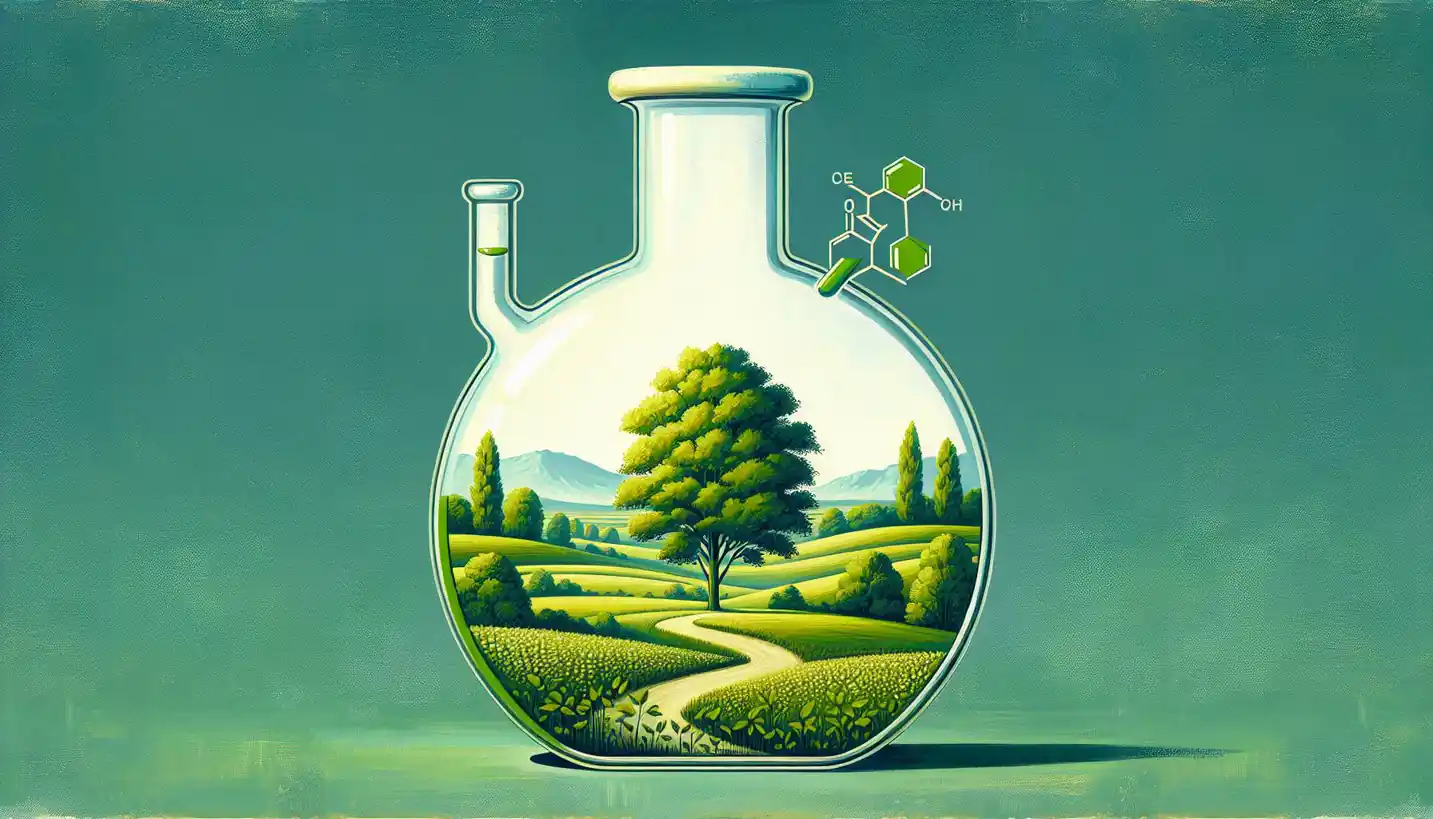· Chemistry · 4 min read
Stoichiometry: Solving the Puzzle of Chemical Reactions
Stoichiometry helps crack the code of chemical reactions, ensuring precise reactant proportions. Learn how mastering this concept is key to successful chemical engineering projects and breakthroughs.

In the world of chemistry, stoichiometry is like the detective that figures out how different molecules work together. Picture a perfectly choreographed dance where each molecule knows its exact steps. Without stoichiometry, this dance would be utter chaos.
Stoichiometry might sound intimidating, but it simply tells us how much of each ingredient is needed in a chemical reaction. It ensures every atom is in its right place, much like making sure you have just enough flour, sugar, and eggs to bake a cake.
The Basics of Stoichiometry
In simple terms, stoichiometry is about balancing chemical equations. Imagine you’re making sandwiches. You need two slices of bread for each sandwich. If you have ten slices of bread, you can make five sandwiches. Stoichiometry uses this same principle of proportions to balance reactions.
Chemical reactions are written down as equations, showing the starting materials (reactants) and the end results (products). Stoichiometry ensures that what you start with equals what you end up with, following the law of conservation of mass — nothing is lost or gained, just rearranged.
Why Is Stoichiometry Important?
Stoichiometry is vital because it lets chemists figure out how much of each substance is needed and what will be produced. This insight is crucial for everything from creating industrial materials to understanding biological processes.
For example, in the production of ammonia, a fundamental process in chemical engineering known as the Haber process, stoichiometry guides the precise amounts of nitrogen and hydrogen to mix. Getting these amounts right is essential for efficiency and safety, especially when dealing with massive scales in manufacturing.
How Does Stoichiometry Work?
To work with stoichiometry, you first need a balanced chemical equation. Each element must have the same number of atoms on both sides of the equation. Once balanced, you use the coefficients from the equation to determine the ratios of reactants and products. These ratios are your guiding stars, telling you how much of each reactant is needed to form a desired amount of product.
Mole Ratios and Calculations
At the heart of stoichiometry is the concept of the mole, a unit that measures the quantity of atoms or molecules. Think of it like a dozen eggs — except instead of twelve, a mole contains about 6.022 x 10²³ entities. This number, known as Avogadro’s number, is a key tool in converting between mass, volume, and number of particles.
Say you want to find out how much water is produced when hydrogen reacts with oxygen. The balanced equation is:
[ 2H_2 + O_2 \rightarrow 2H_2O ]
This tells you that two moles of hydrogen react with one mole of oxygen to produce two moles of water. From here, you can calculate any other value because the ratios are set.
Real-World Applications of Stoichiometry
Stoichiometry is not just a classroom exercise; it’s used in countless real-world applications:
- Pharmaceuticals: Calculating precise drug dosages.
- Environmental Chemistry: Understanding pollutant reactions.
- Metallurgy: Refining metals from ores.
- Food Science: Determining nutritional content and preservatives.
In each case, getting the stoichiometry right ensures effectiveness and safety.
Challenges and Complexities
While the basics are straightforward, real-life stoichiometry can be complex. Reactions may not go to completion, yield side products, or require catalysts. Chemists must consider these factors when using stoichiometry in practical settings.
Moreover, in cases of gases or solutions, temperature and pressure can alter reactions. This is where chemical engineering comes in, applying principles of physics and mathematics alongside stoichiometry to handle these variables.
Stoichiometry in Chemical Engineering
For a chemical engineer, stoichiometry is a cornerstone skill. Engineers use it to design processes that transform raw materials into valuable products. They simulate reactions, optimize them for efficiency, and ensure they meet regulatory standards.
In fields like petrochemicals, pharmaceuticals, and food processing, precise stoichiometry can mean the difference between success and failure. Engineers often work with large-scale operations, where even minor miscalculations can lead to significant losses or safety hazards.
The Future of Stoichiometry
With advances in technology and software, stoichiometry is becoming more accurate and easier to manage. Computer programs can simulate complex reactions, predict outcomes, and optimize processes, helping chemists and engineers make more informed decisions.
Looking ahead, stoichiometry will continue to play a critical role in developing sustainable and eco-friendly chemical processes, contributing to cleaner air, renewable energy, and better health outcomes.
Conclusion
Stoichiometry might seem like a tough nut to crack at first, but it’s the key to unlocking the mysteries of chemical reactions. By understanding the dance of molecules, chemists and engineers can create new materials, develop innovative technologies, and improve our quality of life.
So next time you mix ingredients in your kitchen or watch a car engine purr, remember the silent work of stoichiometry behind the scenes, making sure everything reacts just the way it should. Whether in a lab or a factory, stoichiometry keeps the world of chemistry running smoothly, one balanced equation at a time.


